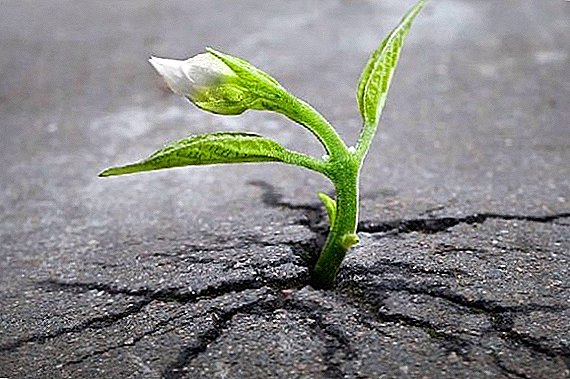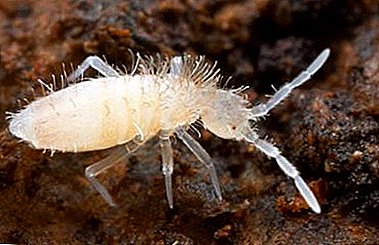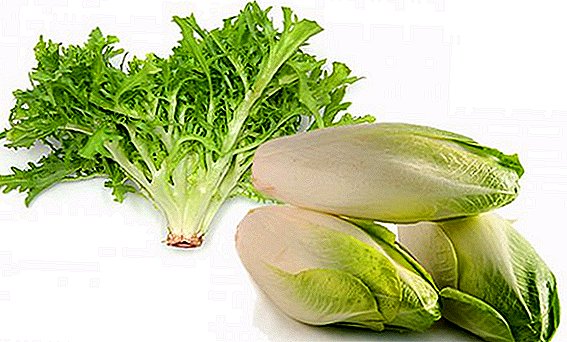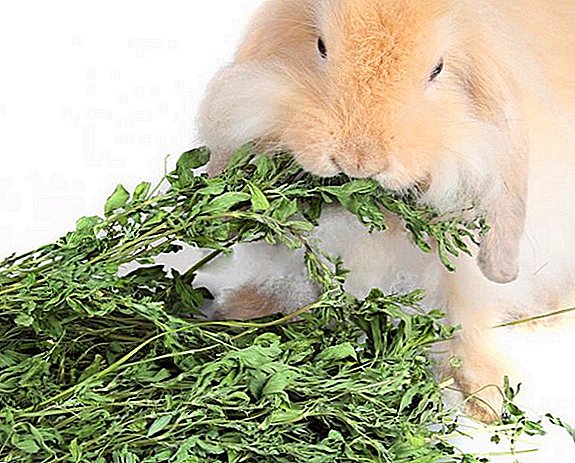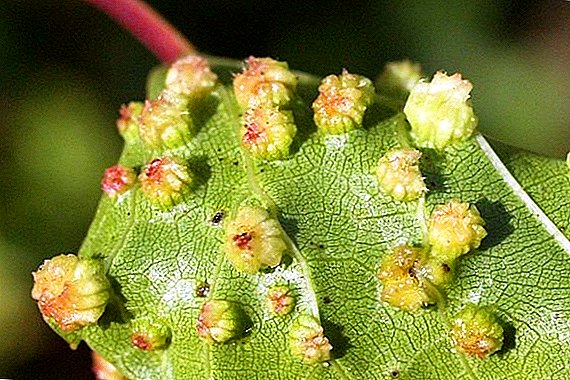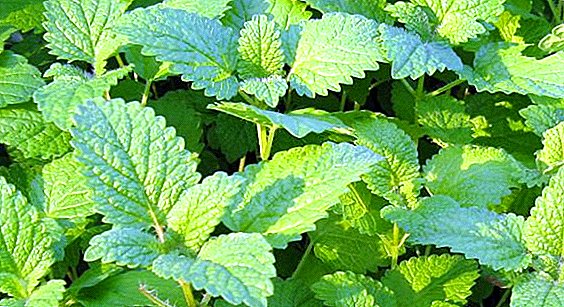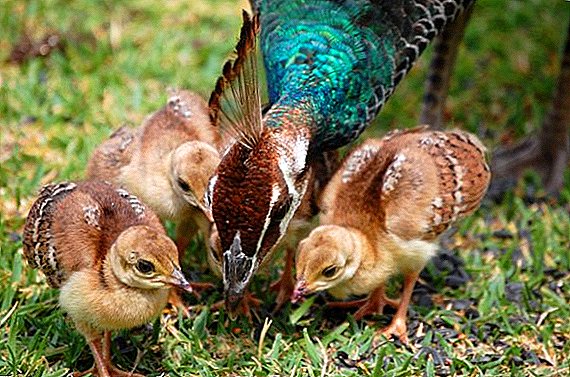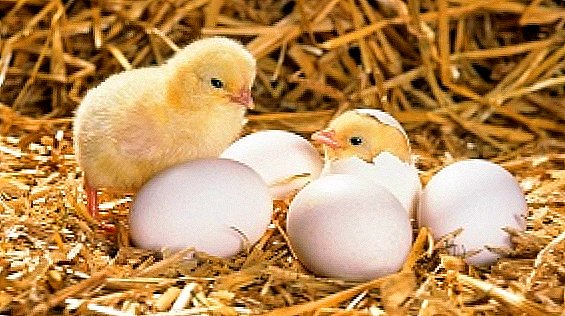
Chickens are a fairly frequent "phenomenon" in the current economic yards, especially in the villages.
Keeping chickens is not very difficult, and it’s also very profitable.
People try to buy chickens in the markets when they decide to start smoking.
But in most cases, little chickens can be brought out on their own, so as not to spend money on the purchase of these yellow lumps.
It is not necessary to have a hen hen in its content, you can do without it.
What do you need to do to ensure that as many chickens as possible reach adulthood?
Answers are given below.
The most important aspect when breeding chickens is the freshness of the eggs. From the moment the egg is laid, no more than 10 days should pass. Chickens are unlikely to hatch from older eggs.
Sure to check all eggs for mechanical damage shells, they must also be clean. For these reasons, it will be better to change the litter in all the nests where egg-laying is performed, and also to close it overnight so that chickens do not sit there.
Eggs can not be washed before incubation or incubation. All of them should be similar to each other and have the correct form.

The most natural way of breeding chickens is to hatch them under the hen.
For this you need to take the most healthy and calm chicken from your farm. She should have a pronounced maternal instinct, as well as the ability to incubate.
Planting chicken eggs should be in late March - the first half of May. It is better to make the nest spacious enough, since in too close a space, the hen can damage or completely crush the eggs.
As a nest, you can use a basket of wicker or a wooden box. It is necessary to put straw on the bottom of the future nest, which keeps the heat and the necessary moisture well enough for a long time.
Straw should not be replaced with sawdust, synthetic or cotton fabrics.

You need to put the nest in a secluded corner where little light comes in.
Desirable protect the hatching place and the brood henso that they don't bother her again.
In the hen house, you constantly need to open the windows and doors so that the air can circulate continuously. Do not allow the night temperature to drop below 12 ° C. It is advisable to put the nest on the floor or 10-12 centimeters rise in case of a cold floor.
13-17 eggs can be put under the hen. It should be placed in the nest in the evening. Be sure to check whether all eggs are placed under the hen.
If not, that extra will need to be removed.
The hen feed should be dry grain. Near the feeder should always be a container of clean, fresh water. Needle need every day to let outduring which she will take baths from the ashes, as well as walking on fresh grass.

While the hen is walking, you can inspect the eggs. If some of them are cracked, then they need to be removed, and without replacing them with new ones. If necessary, you can change the straw from the bedding.
Approximately 22 days after planting the chicken, the eggs should hatch. 2 days before full hatching the chickens will peel the shells.
After the chicks leave the shell, they cannot be taken out from under the chicken until they are completely dry. When they dry, they can be put in a basket, the bottom of which should be covered with a soft cloth.
The basket will need to be put in a warm place. The optimum temperature should be + 28 ... +30 ̊С. When all the chickens hatch, they will need to be brought back under the chicken.
If you bought small chickens or brought them in an incubator, then they can be put under the hen. Under the chicken, chickens should spend no more than 35-40 days, after which they will be able to live independently.

If it is planned to grow chickens without a brood, it is important to prepare premises for them in advance. It should not be drafts and damp, but it should be well ventilated. The floor should be covered with a layer of sawdust, straw or corn cobs with a layer of 10-15 cm.
Daily incubation chickens will be the best option if you decide to buy them. But incubating eggs at home is not a super-task, so you can buy a small incubatorwhere you can do it yourself.
There is also a way to make an incubator out of the fridge.
Until the little chickens are 6 weeks old, they should be additionally heated. The amount of additional heat will depend on the temperature of the air around, so in the summer it is best to remove the chickens without the hen.
During the first week, chickens should be kept at a temperature of at least 32-35 ̊C so that they have the opportunity to warm enough. Every week the temperature can be lowered by 3. The reduction should be made to a level of 21 ̊C.

Additional heating may be needed after, but only if the air temperature becomes extremely low. Look carefully at the chicks. If they are active, rather squeak and run around the perimeter of the room, which contains, then this is a sure sign that the temperature is optimal for them.
If all the chickens crowded together, then they lack warmth. And if the chickens breathe heavily with an open beak, then they need to be cooled. Additional heating can be done with the help of special infrared lamps or with electricity, gas.
Small chicks should always have fresh water and access to feed. It is better to feed them with special feeds, which are enriched with vitamins and nutritional minerals, which will be so necessary for young birds.
Feed for chickens are different, it all depends on the purpose of growing. Therefore, to begin with, decide why you grow these birds - for eggs or for slaughter.
You will be able to grow chickens if you remember these simple rules. Therefore, do not be afraid to buy small birds and grow beautiful, and most importantly, healthy chickens from them.



